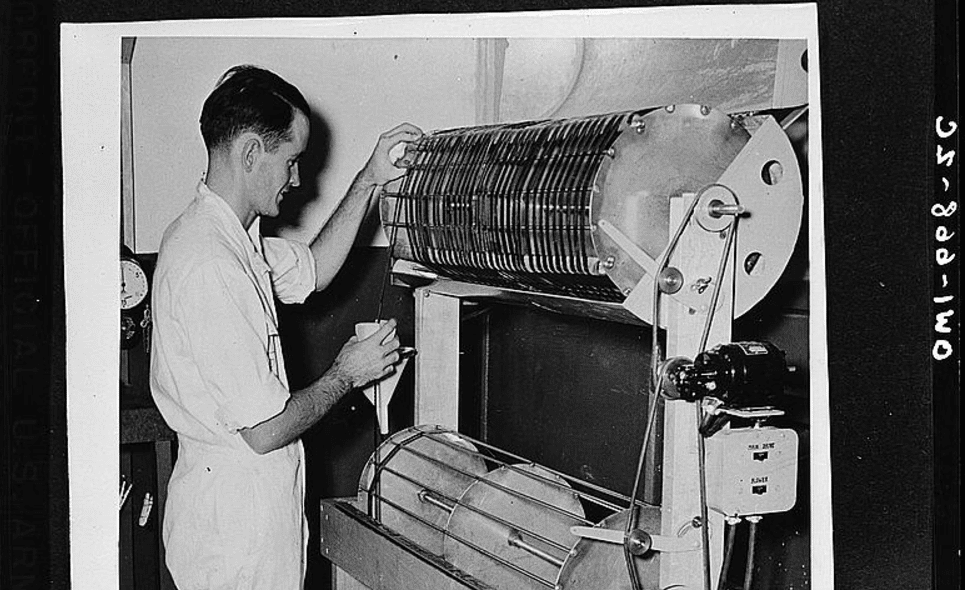On Sept 1, 2017 FamilySearch will make a big change to how they handle their vast collection of microfilmed genealogy records by no longer distributing them to the thousands of Family History Centers in the US and elsewhere.
Currently, researchers can request microfilms of millions of not-yet-digitized records to be delivered on loan to a local center. This service is provided at a nominal fee and allows researchers access to these records without having to travel to the Family History Library in Salt Lake City.
While this move may limit access to a selection of records for some family historians in the short-term, it reflects the ongoing desire by archives across the world to preserve and expand access to their records through digitization. FamilySearch’s collections already provide the largest free selection in the world and their efforts to bring the remaining microfilms online will have an enormous impact on genealogy research.
FamilySearch says that the progress they’ve made in the digitization of these records (more than 1.5 million microfilms equaling more about 1.5 billion records) and the “obsolescence of microfilm technology” is responsible for this change. FamilySearch plans to have the rest of their microfilms completely digitized by 2020, making the loan process unnecessary.
Local Family History Centers will remain open and provide a variety of services to help researchers with their family history needs – including access to some records that are not available on the FamilySearch website from a home computer and premium subscription services. If you are in need of a microfilm loan before that time you can still request them until Aug 31st. We have a step-by-step article here for how to do this.
FamilySearch’s online services and collections are so vital to modern family history that we have dedicated several lessons in our Genealogy Course to making the most of their site (if you’re looking for some detailed help) and their collections have been the subject of numerous articles here on Family History Daily. You can find a selection of them below.
- These Old Passport Applications May Hold the Missing Genealogy Info You Need
- Thousands of 1890 Census Records DO Still Exist: Here’s How to Find Them for Free
- Your Ancestors’ Stories May Be Hiding in One of These Free Texts
- Why These Draft Cards are Such an Important Addition to Your Family Tree
Of course with all of the digitization going on FamilySearch will be needing a great deal of help from volunteers to index these important historical records. Without indexing, these records aren’t searchable. Currently FamilySearch has numerous unindexed collections online but volunteers are working every day to make them more accessible. You can read about how to become a volunteer indexer right here.
Image: “Sergeant Garlick somewhere in India developing 100 feet of microfilm which contains 1700 V-letters.” 1942? Library of Congress

How do I dispose of the miscellaneous microfilms leftover from the old building. Shred? Take to the county recycling center?
The presentation of the content helps to understand the things in a better way
Indexing is all fine and good but for those of us with background and training in academic historical research who also are genealogy researchers, those “indexes” need to also include proper citations to the original source. Just labeling something “X county marriages 1797-1965, Family History, Salt Lake City” is wrong. I can’t tell you how many times I’ve reviewed digitized microfilms on ancestry.com to try to find the Book volume for a page where I found a digitized record only to find some invented label at the beginning of the series instead of the actual volume title from which the record was microfilmed. Giving a record group some generic title is both disingenuous and historically dishonest.
Alex Colvin,
Senior, History, University of Houston
This is devastating news to me. I love the idea of digitization, but don’t want a three year hiatus on my research. Access to their online records is limited. The local FHC has a horribly slow computer and they’re not open enough hours. I have films brought in to a research room at a local Museum, open 9-5, six days a week. It’s great! It would be nice if they sold subscriptions to their online records. I’d pay for access, rather than have to tolerate the FHC. I guess in my free time, I’d better get to that indexing!